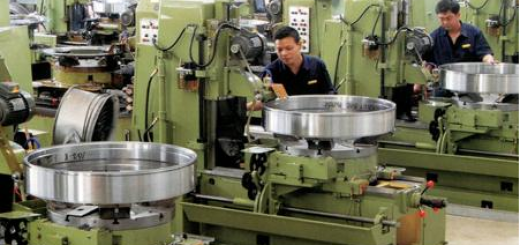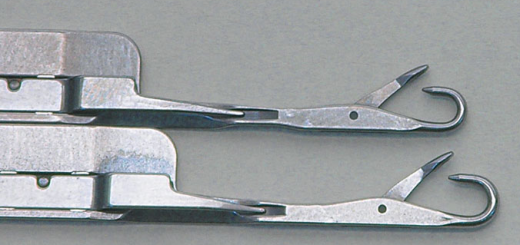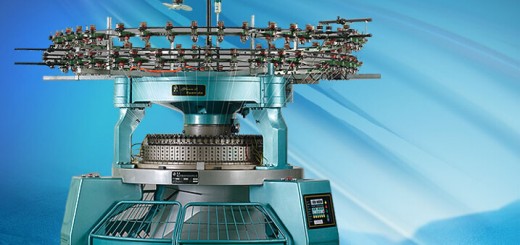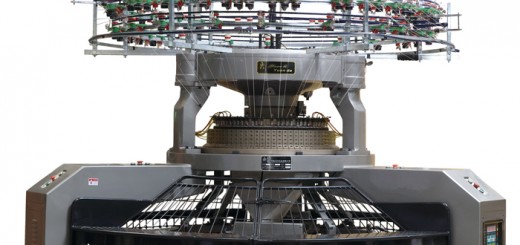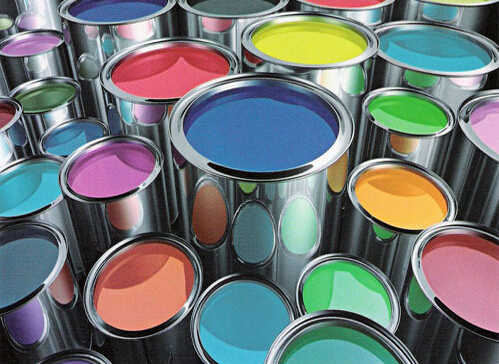
1. Why is it required to mix materials with a small amount of water when melting and the temperature cannot be too high?
1) Firstly using some water to mix is purposed to entirely drench materials. If directly put the dye into water, the surface will become colloidal and wrap the dye particles up, which makes it difficult for particles inside to completely melt. Therefore, cold water should be first used to mix and then heat water to melt.
2) Excessive temperature of materials will lead to the hydrolysis of dye and reduce its fixation rate.
2. Why should be slow and well-proportioned when adding materials?
Because if quickly adding dye at once time, the fiber will become deep outside but shallow inside, which may results in dying defects.
3. After adding dye, why salting after a certain time (e.g. 10min)?
Salt is used for accelerating. When dye dyed at a certain degree and it reaches saturation, it is difficult to continue. Adding salt is proposed to break the balance, but it should be done in 10 to 15min so that dye will fully infiltrate. Otherwise there will have dyeing defects.
4. Why should salting several times?
To uniformly accelerating in case of defects
5. Why fixing in some times (e.g. 20min) after salting?
There are two reasons: A. to make the salt entirely melt and accelerate; B. To add alkali and fix after balancing the saturation to maximum dye rate.
6. Why is adding alkali called “fixing”?
Salting only has the function of accelerating for active dye, but alkali will stimulate the activity of dyes and make dyes react chemically with fiber. This can help fix dyes on fibers. It has so h fastness that if fixing happens, dyeing defects will hardly become weii-distributed.
7. Why adding alkali for several times?
To fix well and prevent defects
Adding immediately may make the concentration of part left liquid become high leading to defects.
8. Why should close the gas before adding dyes?
a. To eliminate difference and prevent defects
b. If the temperature of both sides of controlling cylinder is over 3℃, it has little influence; when it is over 5℃, there will defects; when over 10℃, the machine will be stopped to repair.
c. It has been tested that when the cylinder is closed for 10 to 15min, the temperature around will be same to its surface. Therefore, whether adding H202, salt, or alkali, the gas should be firstly closed.
9. Why should make sure the holding time after adding alkali?
The holding time should be measured after adding alkali and rising to the process temperature. Only shearing according to the process temperature, the quality can be ensured. Because the holding temperature is defined according to the time required to react of certain amount of dyes.
10. Several situations where the quality is instable due to fail to shear according to process rule.
a. Time yet come to right
Boarding, measuring materials or cloth weight ratio problem will all lead to color shift. The color has already been fixed before time coming. This situation should be reported to monitor or technologist. Anyway, reduce the process or holding time, dyes will not completely react, so there is no fullness or fastness to say.
b. Shearing in advance with inaccurate adding dyes.
Dyeing will become stable only when it reaches process holding temperature. The earlier the shearing time is, the greater is the change and the more unstable it is.
c. It is no good to overtime shearing.
Shearing over holding time, the dye reaction is end and it is no use to continually dye, which will hydrolyze parts materials having been dyed.
